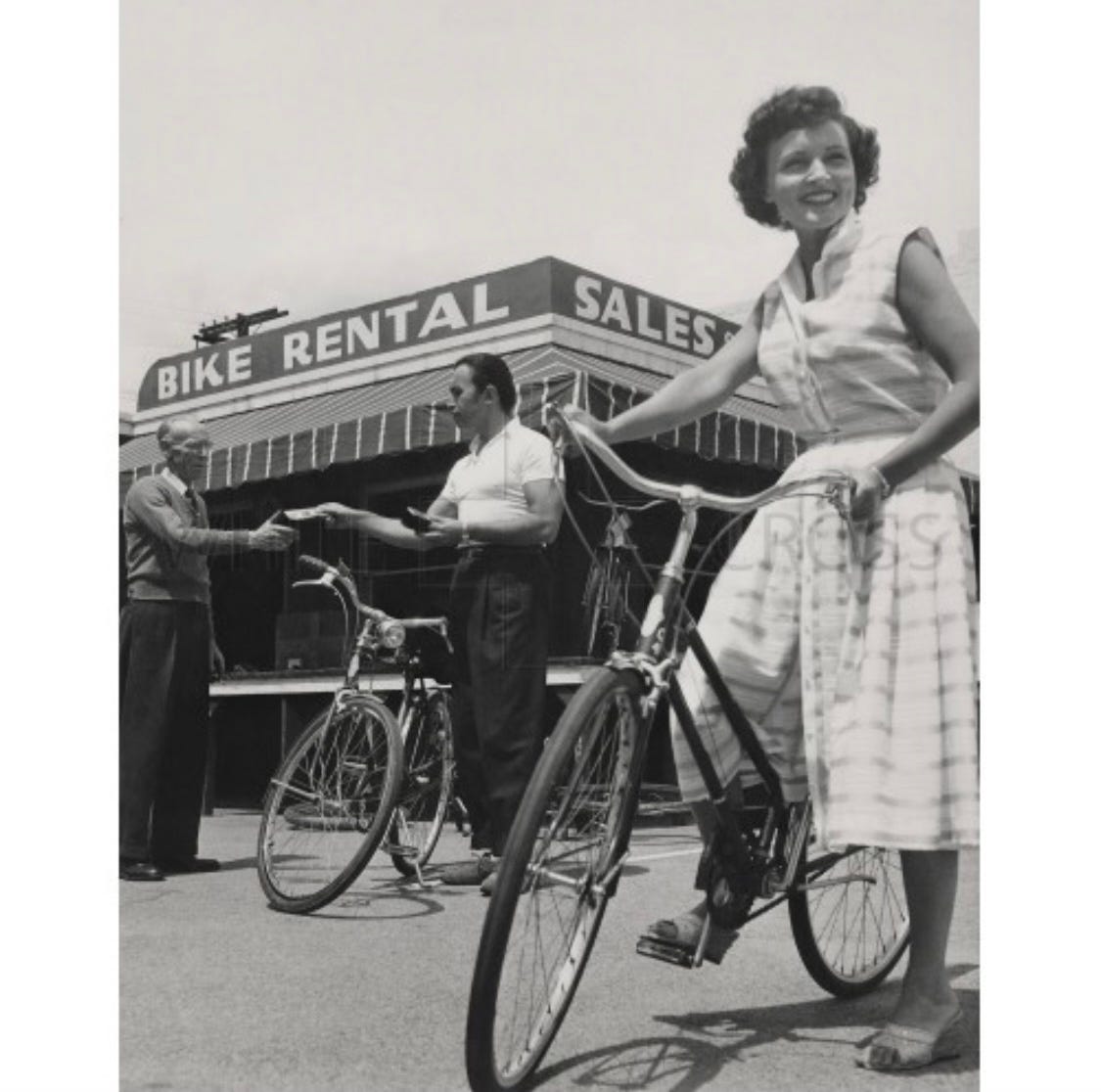Su$tainable Mobility, Volume 21
This newsletter aims to separate the signal from the noise for making money in all things sustainable transportation: Electrification, mode shift, active and public transit, and mobility aggregation, across both people and goods movement.
This week’s edition is co-written by Curbivore’s Jonah Bliss, including a Deep Dive on the new Curb Data Specification.
🅿️ Curbivore is coming to Los Angeles on March 4! The pandemic has caused a surge in demand for curb space and now cities are left wondering how to equitably dole out space to everything from outdoor dining and last-mile delivery to ridehail, micromobility and delivery robots. Hear from superfast delivery unicorn JOKR’s Aspa Lekka, parking rockstar Donald Shoup, Uber Eats’ Sachin Kansal, Alex Canter (any Angeleno will recognize that last name) plus top chefs and restaurateurs. The first five readers can register for free with the promo code “FreeAlex”
QUICK HITS- WITH A CURB FOCUS
🚀 OMF launches CDS. Acronyms aside, the nonprofit Open Mobility Foundation’s launch of a new open-source framework for curb management is welcome news in an important mobility sector that can still at times feel like the wild wild west.
🛣️ Feds push for safe roads. New guidance from the Federal Highway Administration means safer roads for cyclists and pedestrians. If “vulnerable users” make up more than 15% of a state’s road-related fatalities, the state will now be required to dedicate at least 15% of its HSIP funds on protecting said users.
🛒 McKinsey delivers the data on grocery delivery. A new report by everyone’s favorite consulting firm explores the challenges and opportunities of “instant” delivery in a space long known for tight margins.
💸Gopuff goes public? Delivery juggernaut GoPuff is readying for an IPO; in keeping with its Amazon-esque ambitions, the Philadelphia-based firm seems to be branching out into advertising as well.
📉 And now for some pessimism. Just because you’re a unicorn doesn’t mean you can do it all. The Wall Street Journal explores the high cost of user acquisition in the space, while The Information reports that some firms might be looking to offload their NYC operations.
🤖 Nuro unveils new vehicle. Some delivery vehicle startups are sticking to mini bots that can stick to the sidewalk. Nuro is taking a different approach, unveiling the third edition of their street-legal delivery vehicle.
🤧 LA is moving ahead with plans for a congestion pricing pilot. What was once unthinkable in the US is slowly inching towards reality. Pilot approval is scheduled for spring 2023, with an opening in 2026.
📦 E-bike delivery is coming to LA. AxleHire and Urb-E* are bringing impressive cooperation to the last mile delivery space.
🔋India introduced a national policy on EV battery swap. India’s mixture of 2-wheelers, 3-wheelers, and 4-wheelers makes its ground central for battery swap innovation.
🦖 New USPS mail trucks get 8.6 miles per gallon. The current fleet of Grumman trucks, first built in 1987, gets 8.2 mpg. To have such insignificant fuel efficiency improvement over 35 years borders on criminal. The new mail trucks should be 100% electric.
STARTUP WATCH
🛵 Ashnni Drive (India): Micro mobility EVs custom-designed for last-mile delivery
🧑🏽💻Hypermile (UK): ADAS specifically optimized for commercial vehicles
🤖 Intermode (Michigan, USA): Autonomous delivery vehicle hardware platform
🚤 Temo (France): Outboard electric motor for leisure boats
🤳🏽 Ovo (Germany): B2B2C software for last-mile delivery
DEEP DIVE: OMF Launches Curb Data Specification
If the above edition hasn’t made it clear, we can’t think about the future of mobility without contemplating the curb. Any vehicle that moves starts and ends its trip by the curb - a piece of urban real estate that’s been famously under-invested in, and under regulated, for the past hundred years.
The pandemic has been a wakeup call that cities across the globe need to rethink their streets and sidewalks - as dining moves outdoors, more goods and groceries are delivered by hand or robot, and miles of asphalt once solely the domain of cars are now being shared with scooters, busses, and bikes.
But with so many competing uses, cities are struggling to manage the curb: it’s no easy task to know who is using each slice of concrete at any given moment, to figure out how congested a block is, to charge the right user the right price at the right moment. (Should a UPS truck dropping off a package pay the same rate as a commuter parked for work? Should a formerly metered parking spot have any charge at all for an outdoor diner, or should the city should enjoy the increased sales tax?)
Building off the success of the Mobility Data Specification, which helped calm the first wave of shared micromobility devices, the Open Mobility Foundation has just released version 1.0 of the Curb Data Specification. As the tool is open source, eager users can and will expand CDS to solve myriad problems. The initial application is one of the thorniest issues confronting cities: commercial loading.
The upshot is that instead of a delivery van double parking and blocking traffic, it can now be routed to an open spot at the right moment, and pay the right cost (which the company can write off like any business expense) instead of racking up parking tickets. It’s a win for shippers, cities, and citizens!
🅿️Hungry for more curb content?! Curbivore is coming to Los Angeles on March 4! The pandemic has caused a surge in demand for curb space and now cities are left wondering how to equitably dole out space to everything from outdoor dining and last mile delivery to ridehail, micromobility and delivery robots. Hear from superfast delivery unicorn JOKR’s Aspa Lekka, parking rockstar Donald Shoup, Uber Eats’ Sachin Kansal, Alex Canter (any Angeleno will recognize that last name) plus top chefs and restaurateurs. The first five readers can register for free with the promo code “FreeAlex”
* My employer has incubated and invested in Urb-E. More info here.


